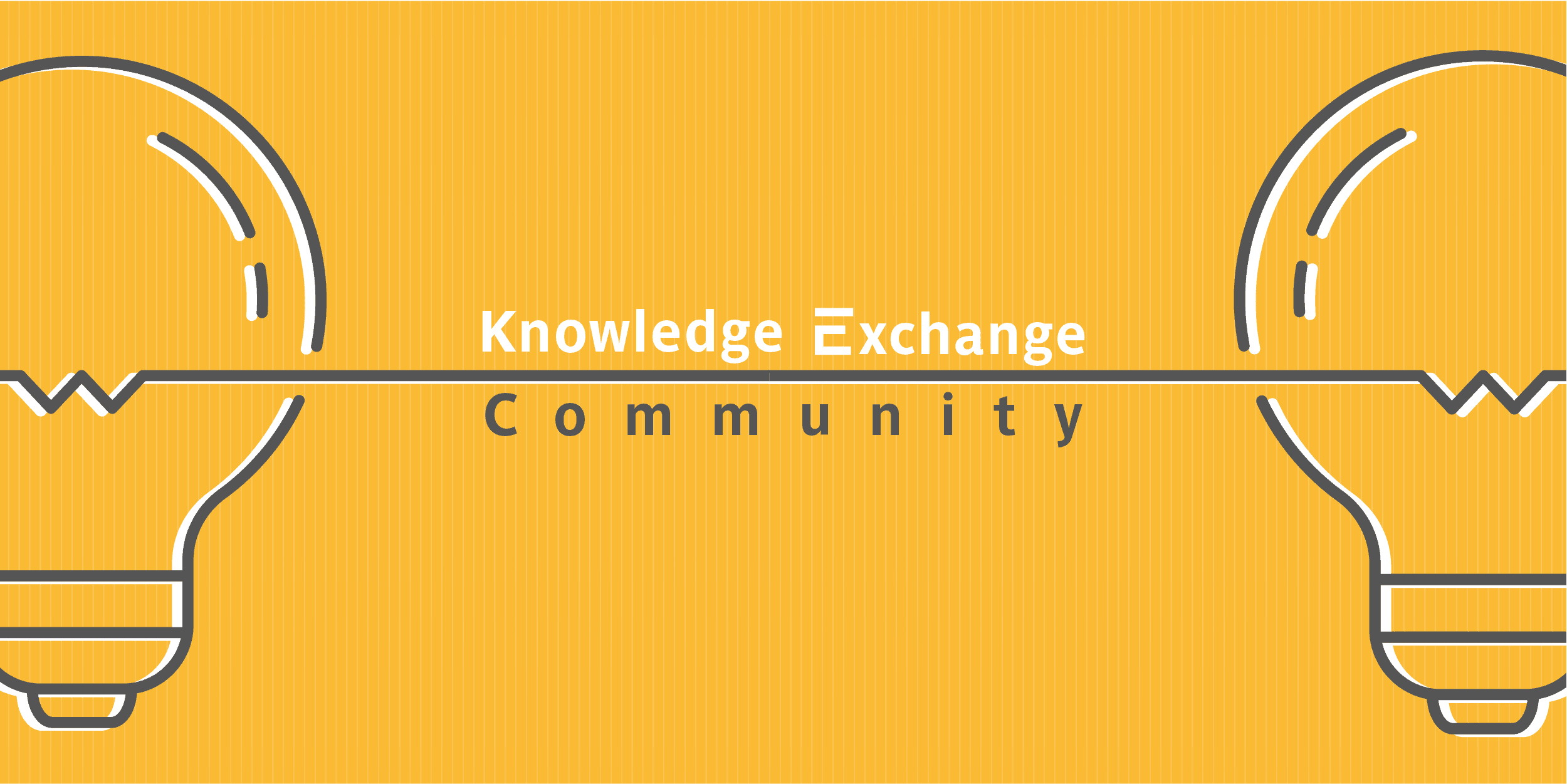Online event for EUF universities
Date: October 25th, 10:30 – 12:30 CEST
Registration is open to IRO staff members, faculty members, Quality Assurance units/departments from EUF network universities.
Grade conversion is one of the very last steps after the mobility period.
Although universities have by now developed numerous internal processes to tackle the conversion of grades obtained abroad, the question remains on how up-to-date, transparent and effective such procedures are and how the quality as well as efficiency of the process can be further improved.
Grade distribution tables are also recommended by the European Commission in its ECTS users´ guide 2015, but how easy is it to adopt them?
By providing a mapping of grading practices, the project Egracons (European Grade Conversion System) has led to a full description of the grading systems in use in Europe. Moreover, the project developed an online, web-based tool that allows the direct and automatic conversions of grades on the basis of annual, statistically-based grading tables which are supplied by individual institutions as an excerpt of their overall (student grade) database.
During the session we will look into existing procedures for grade conversion and quality assurance measures applied at universities. We will also explore how Egracons tool can be used to effectively support the process.
Session chaired by Nikos Liolios, Senior Erasmus+ Project Manager at the Aristotle University of Thessaloniki.
Agenda
| Welcome and brief introduction |
| Past and present challenges in grade conversion (focus on faculty perspective) Prof. Alexandros Triantafyllidis, Aristotle University of Thessaloniki |
| Moderated discussion Focus on mapping experience in implementation and practices of grade conversion |
| EGRACONS: the easy road to grade conversion Valère Meus, Coordinator of EGRAGONS Team |
| How to incorporate the EGRACONS tool in your mobility procedures (focus on IRO perspective) Nikos Liolios, Aristotle University of Thessaloniki |
| Moderated discussion Focus on EGRACONS tool implementation feasibility |
| Main conclusions & Closing |

